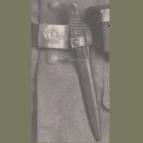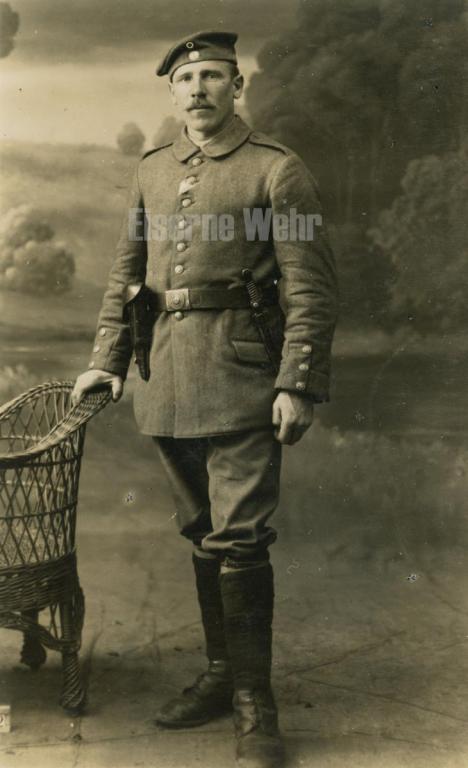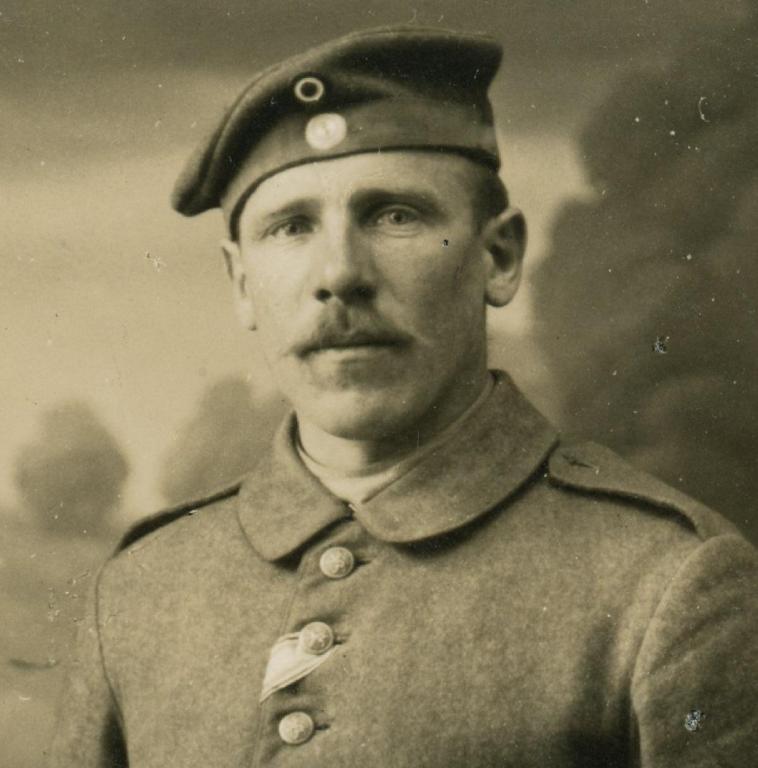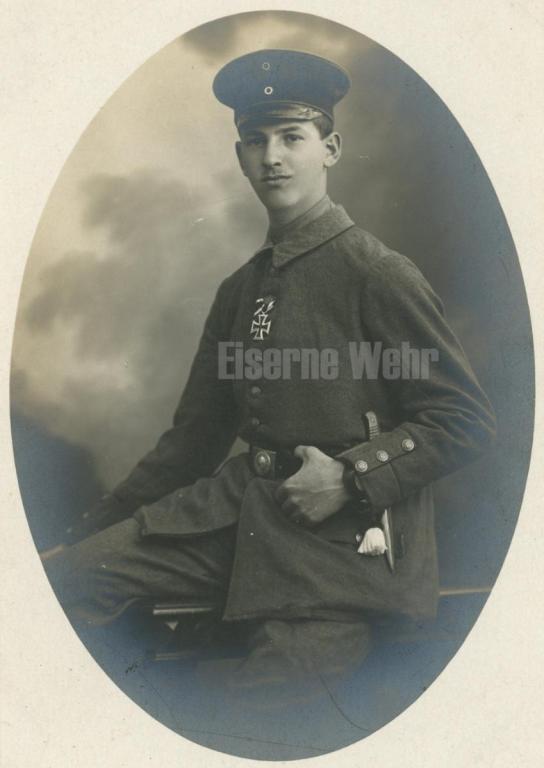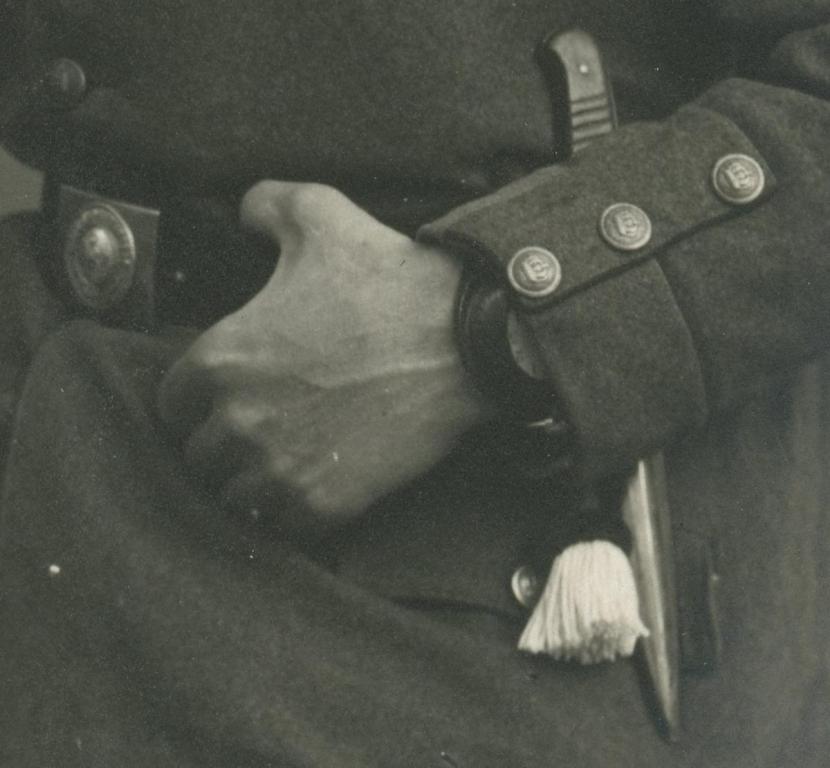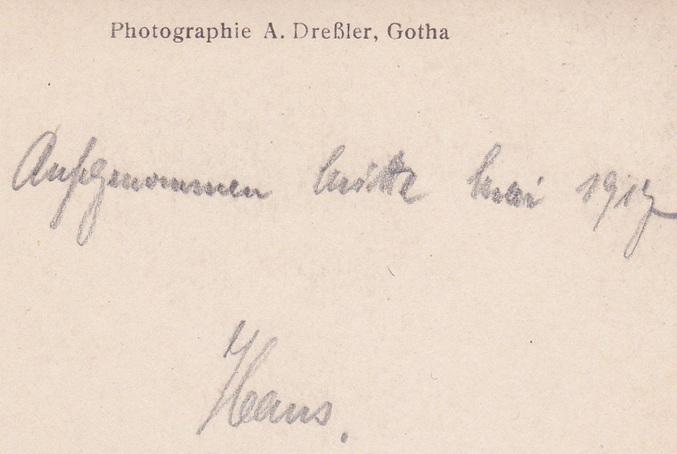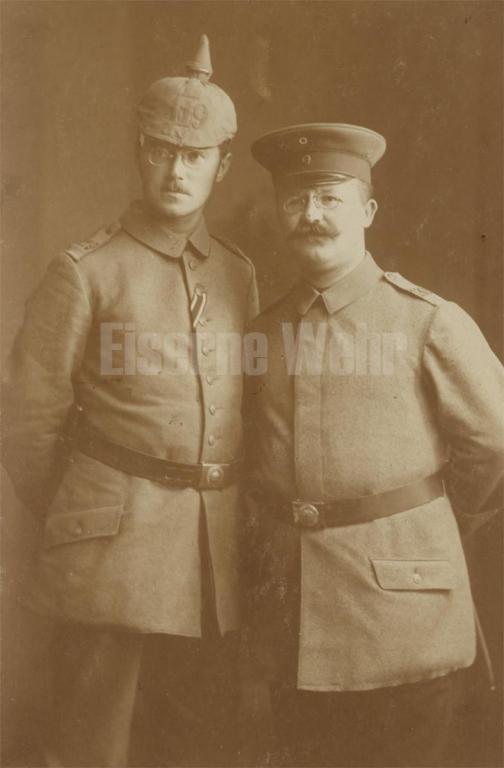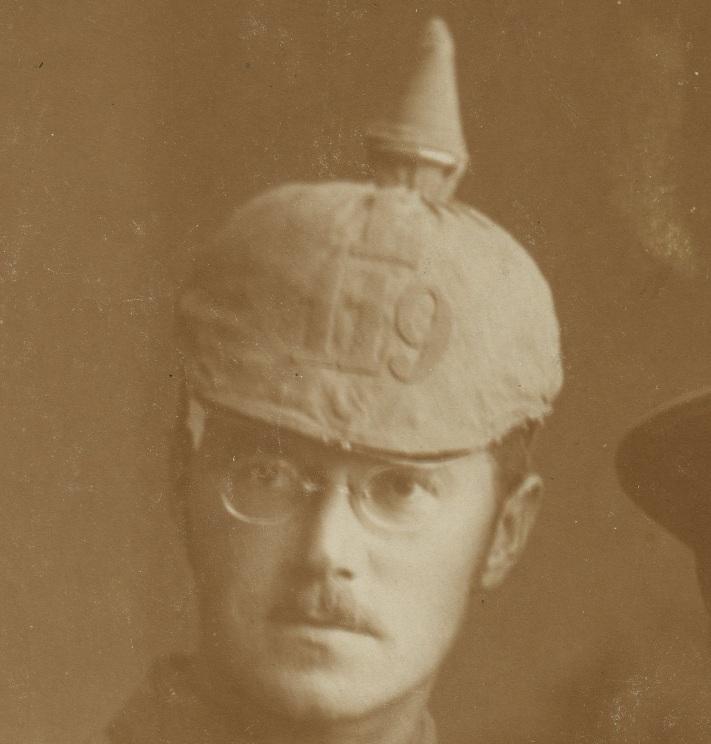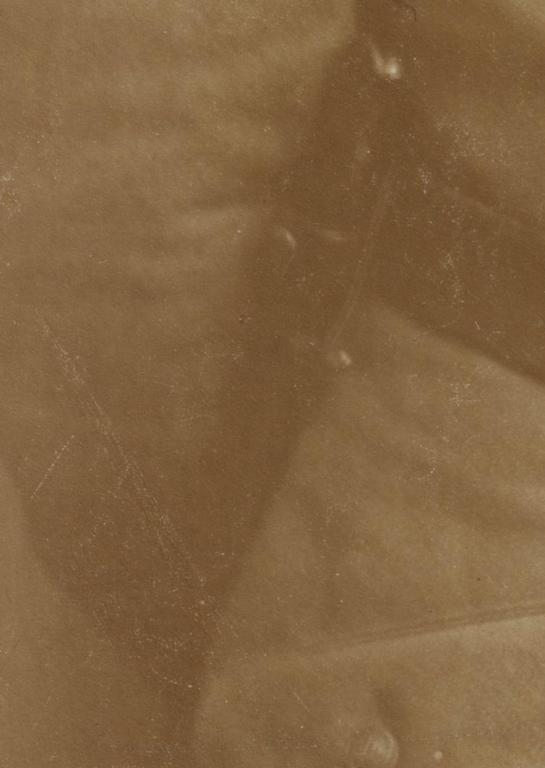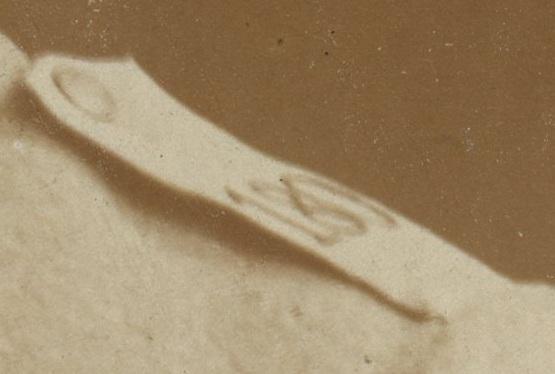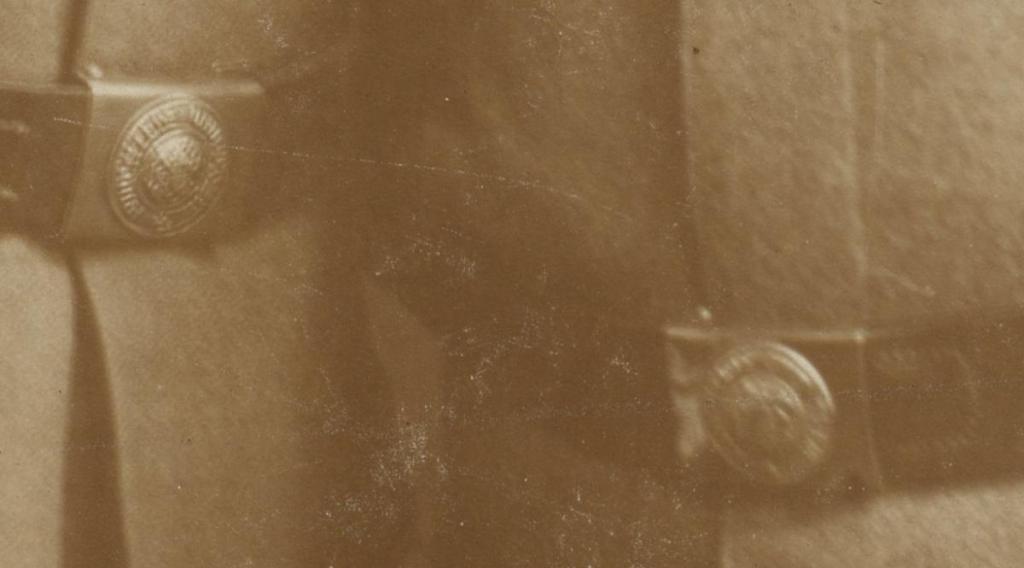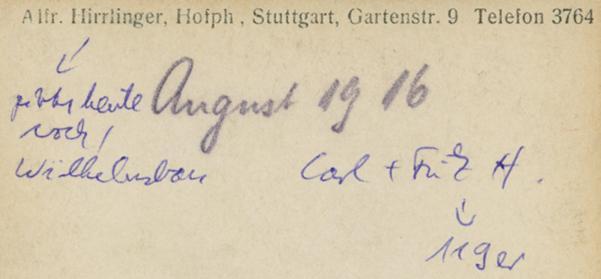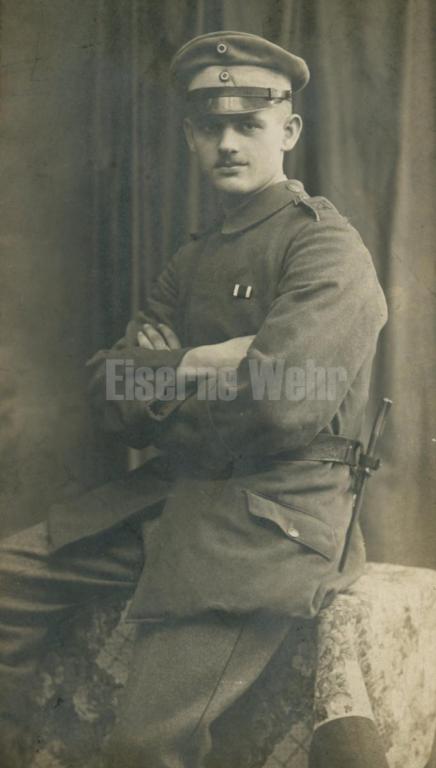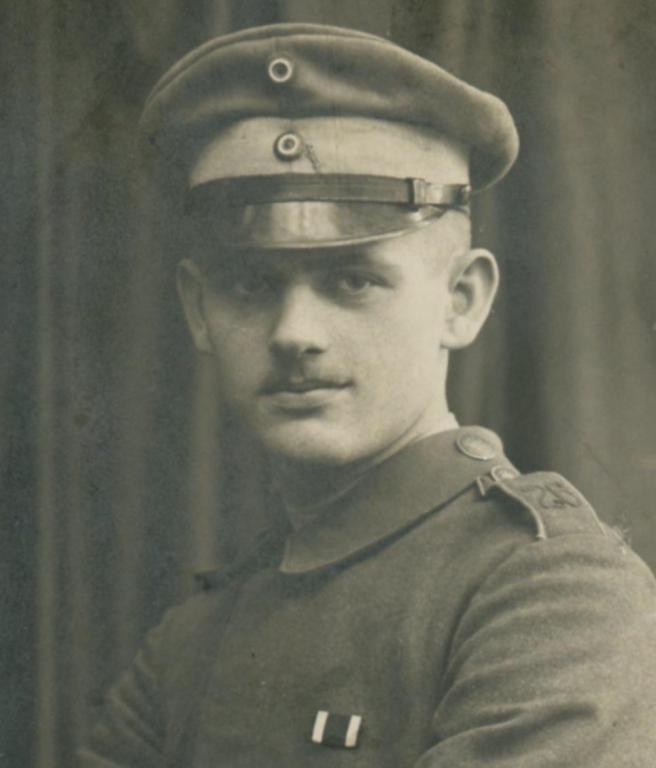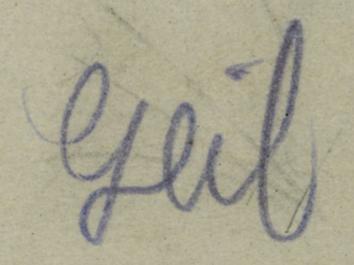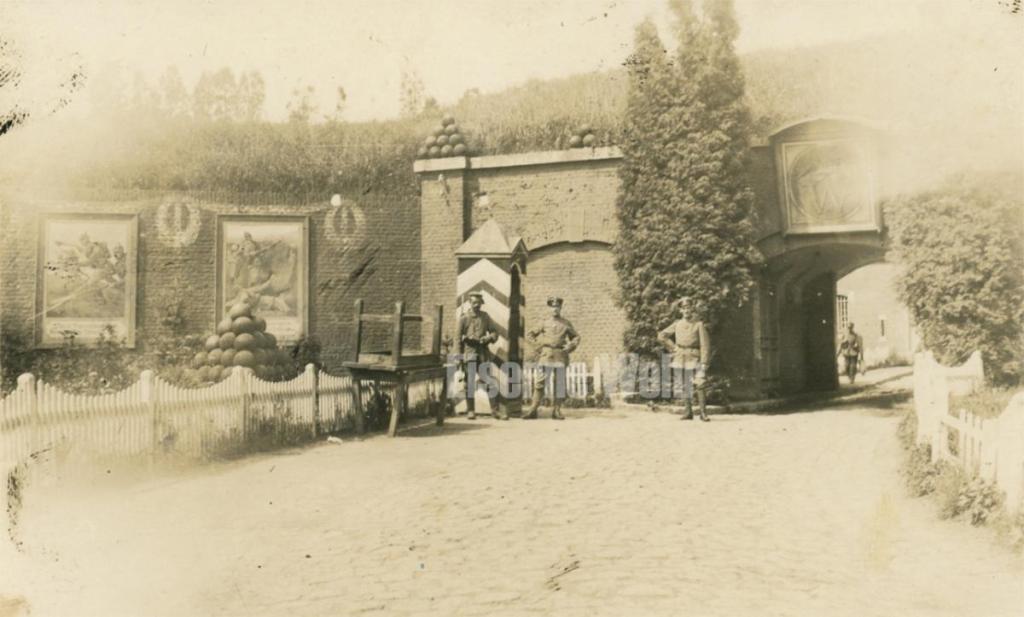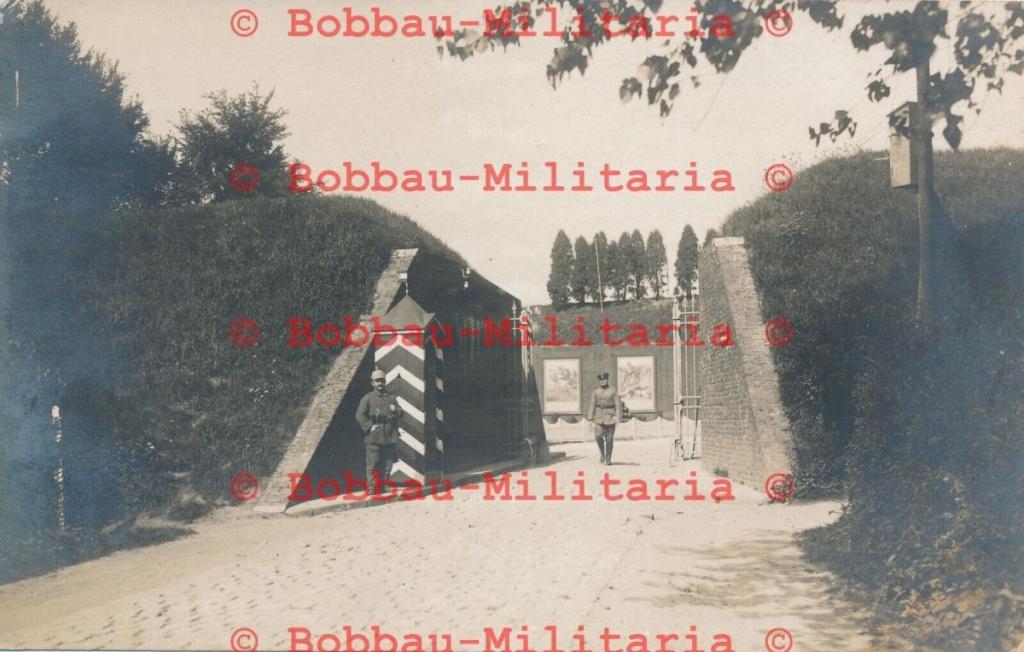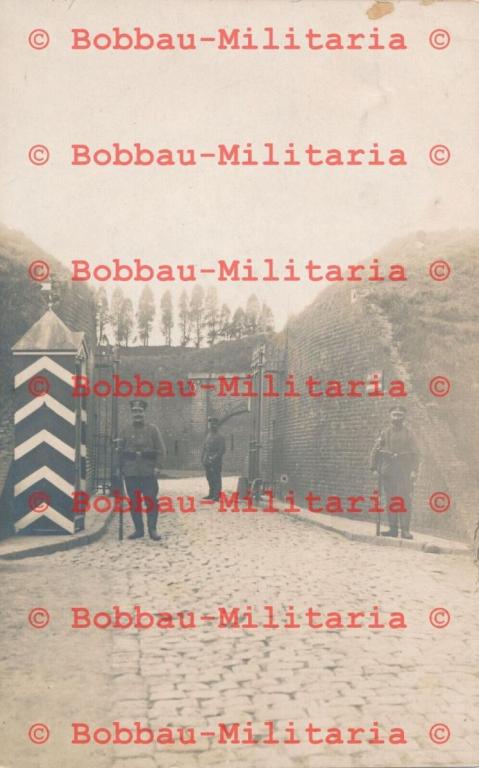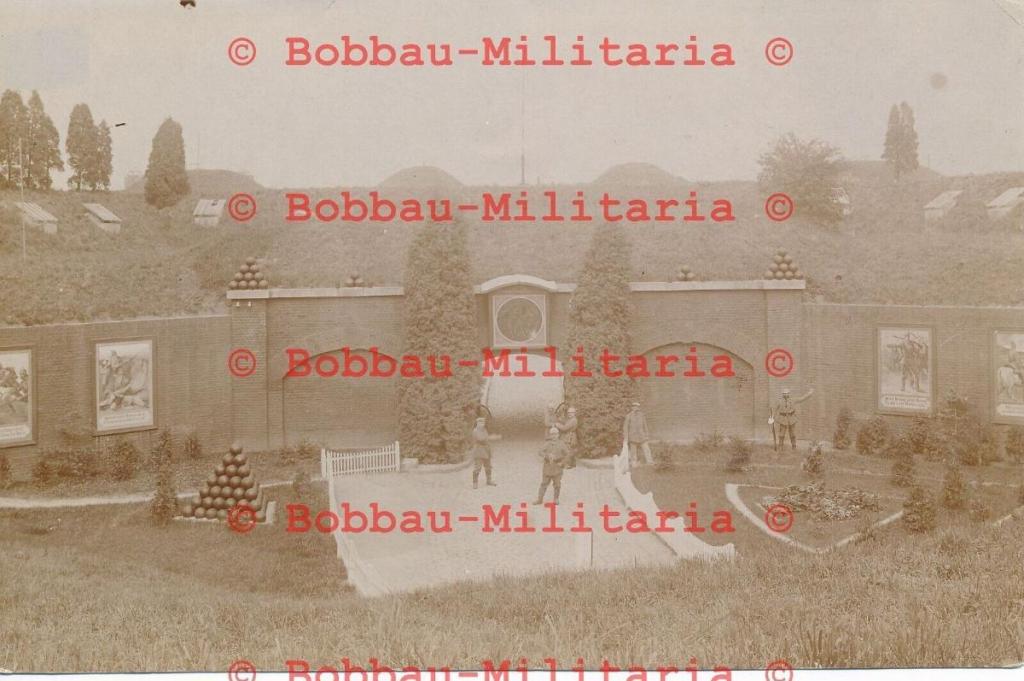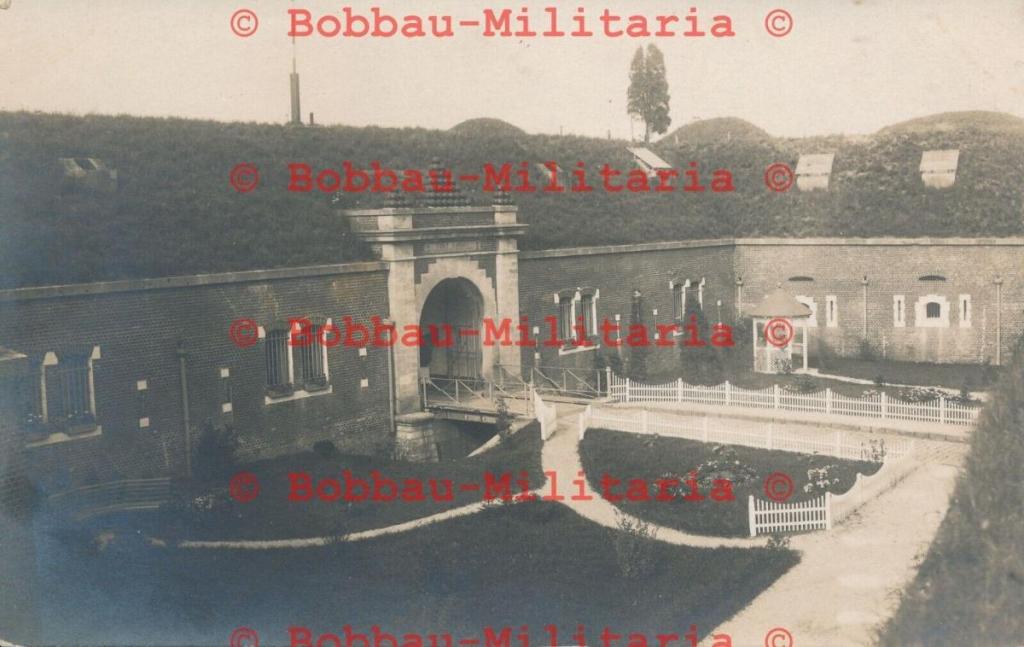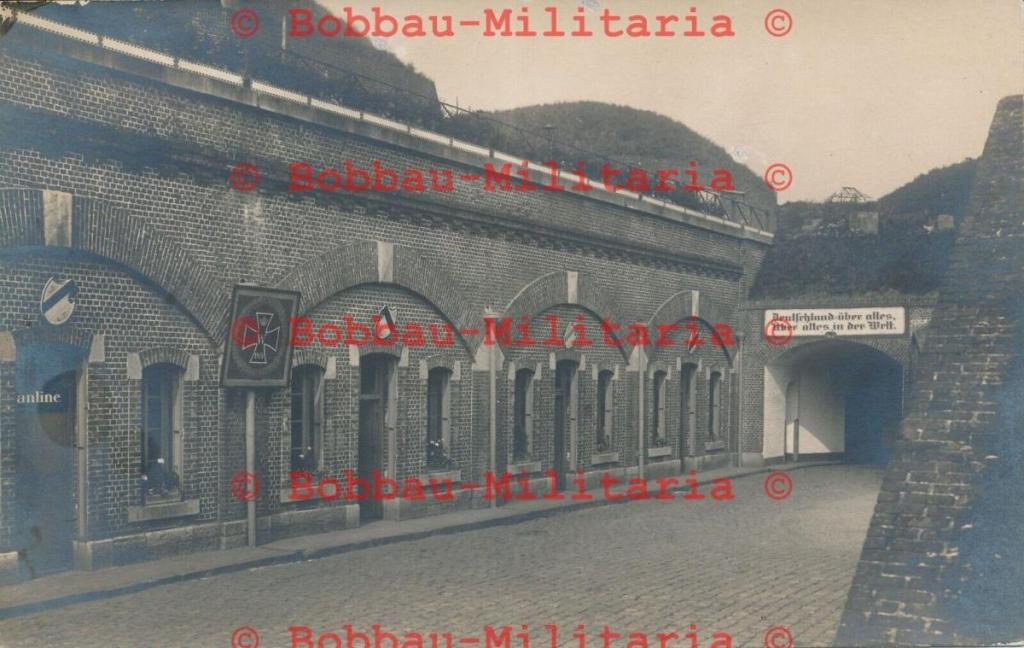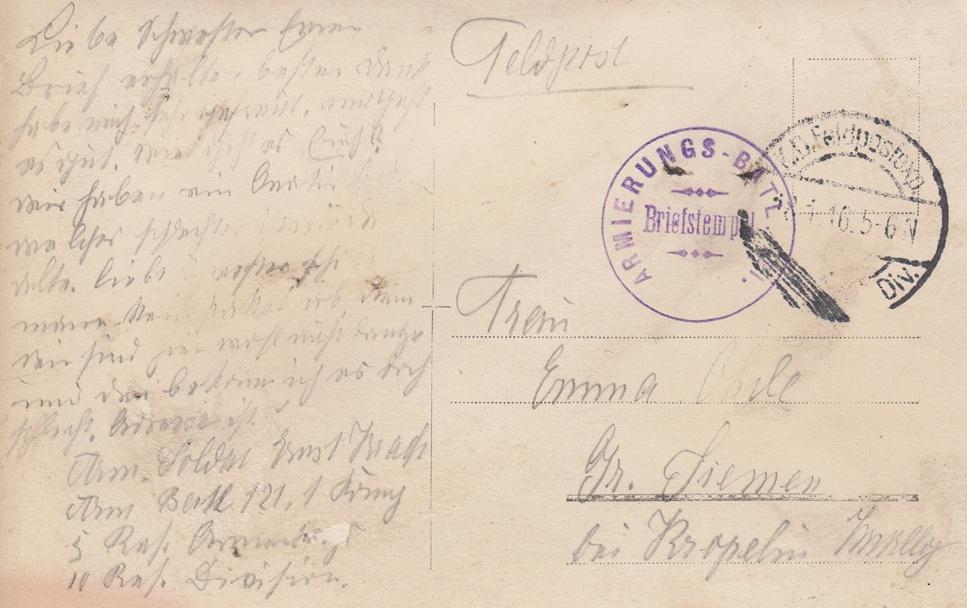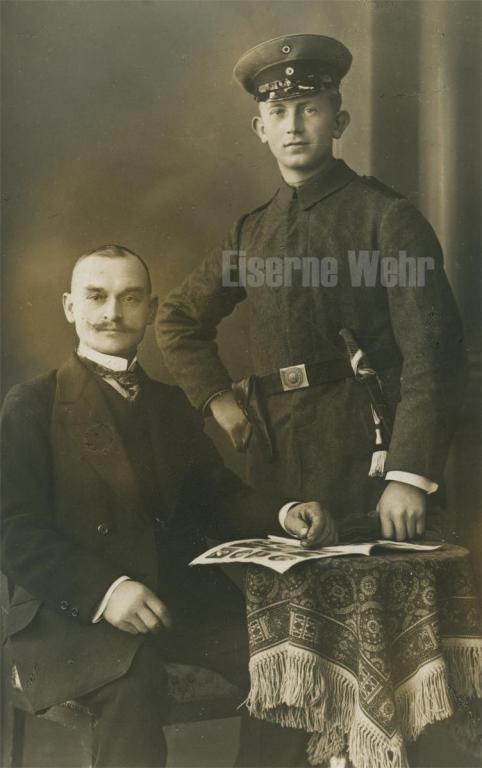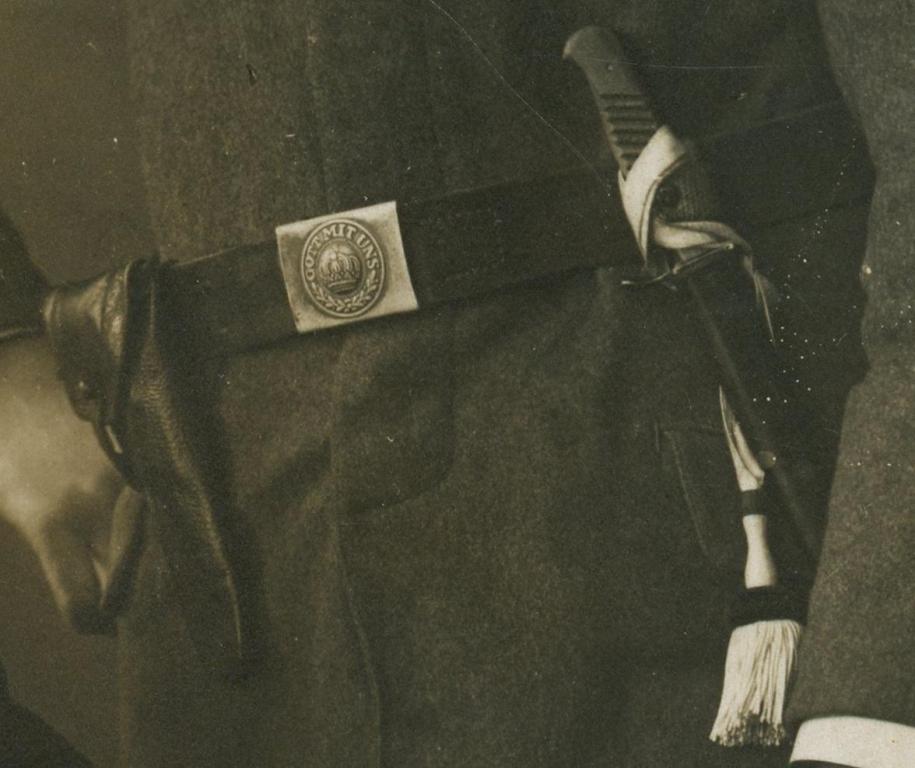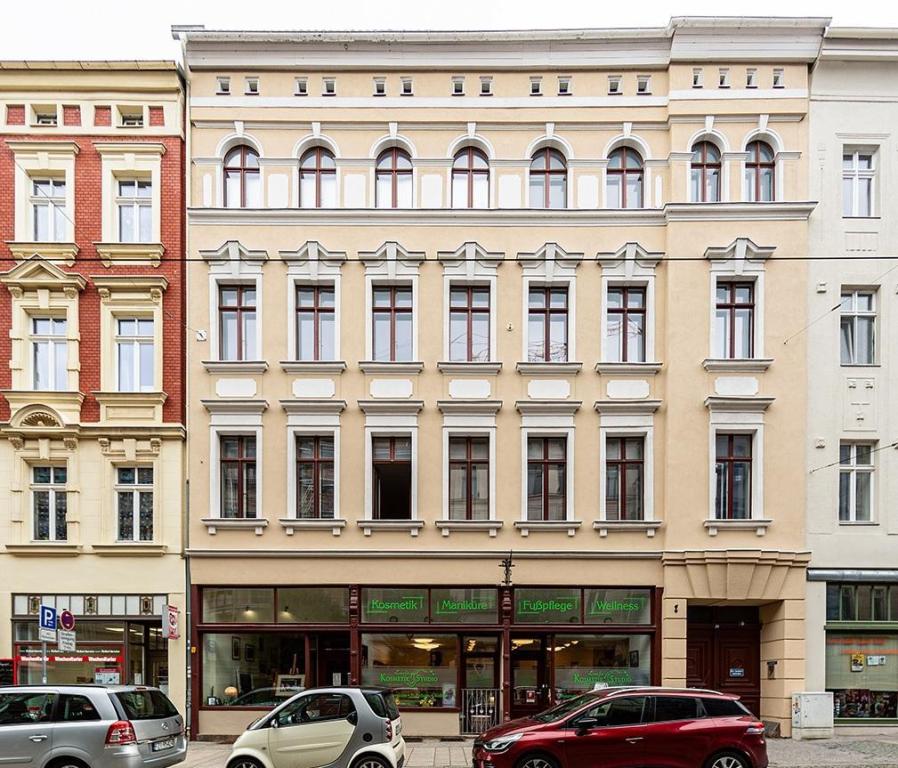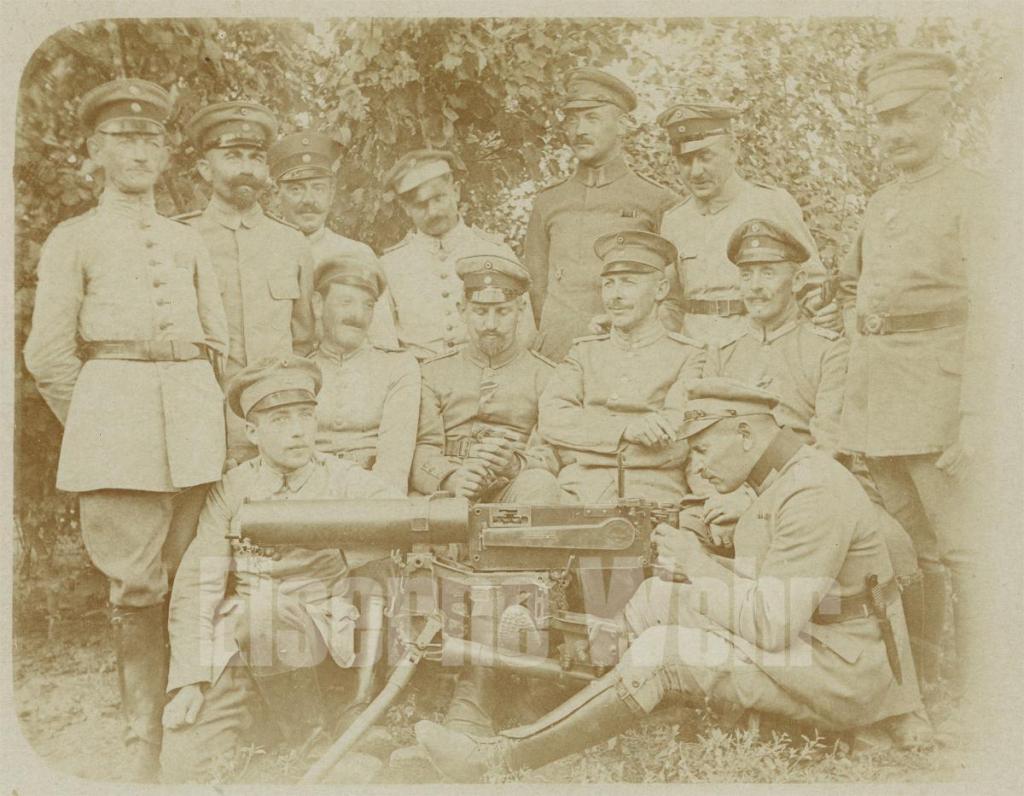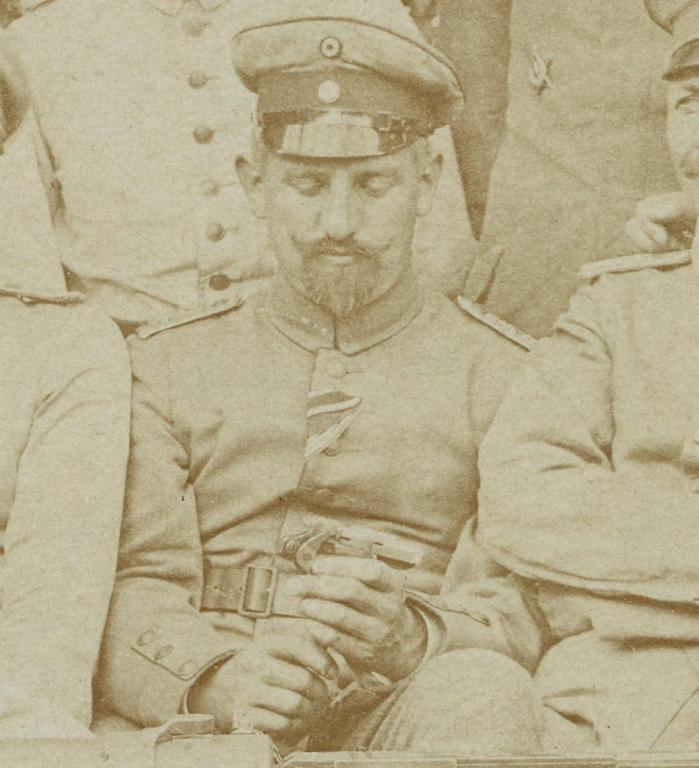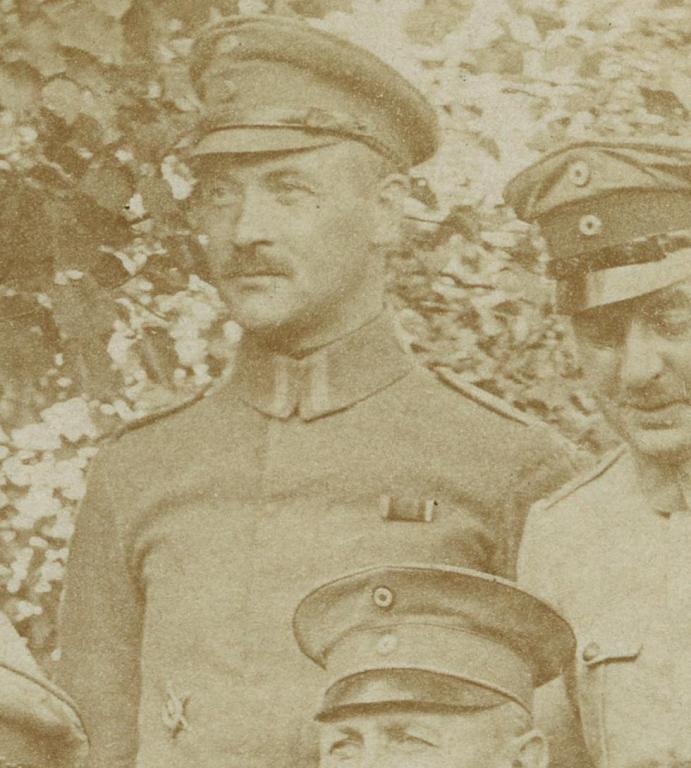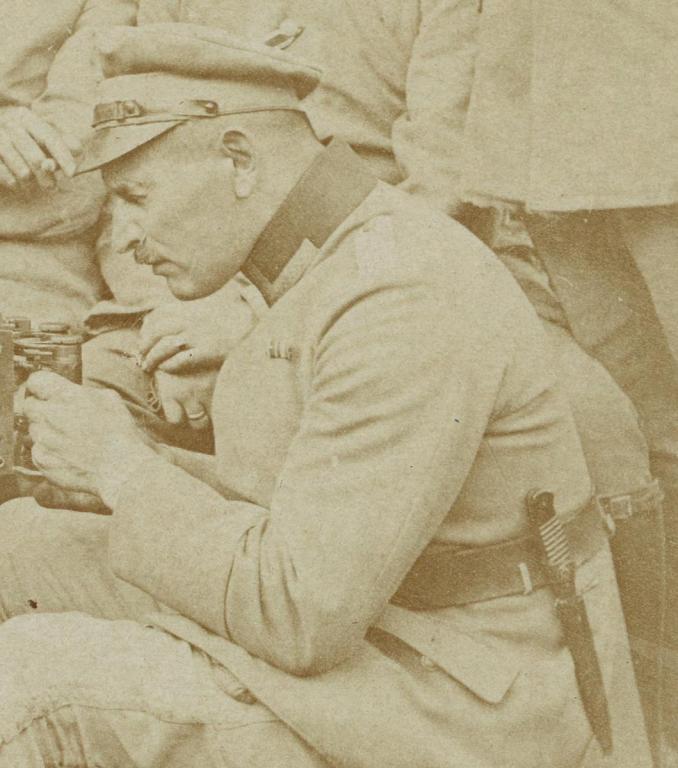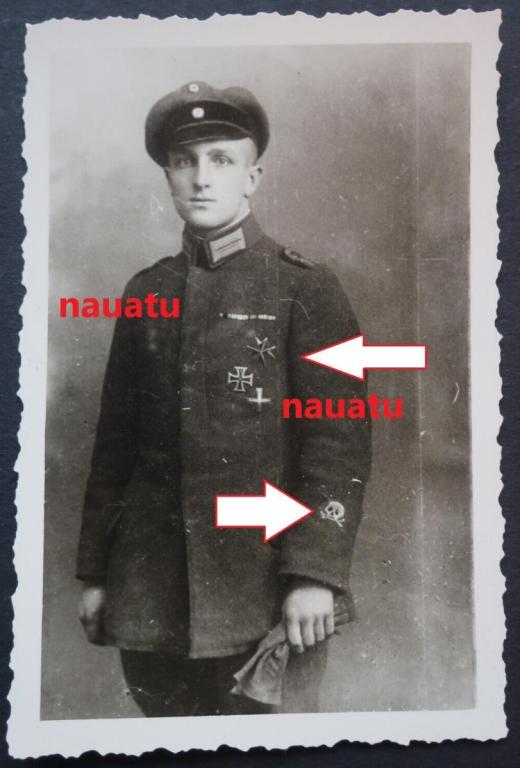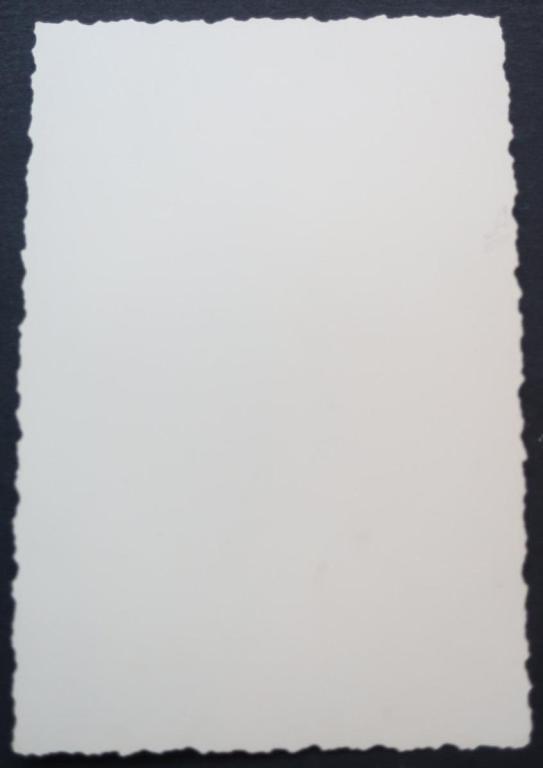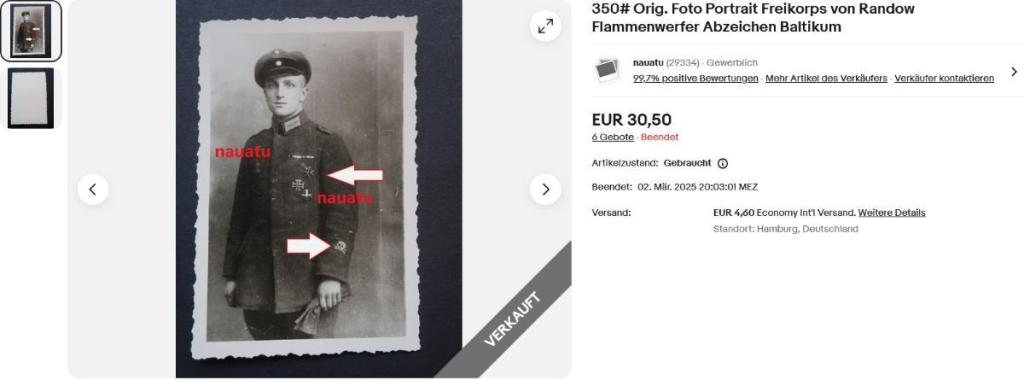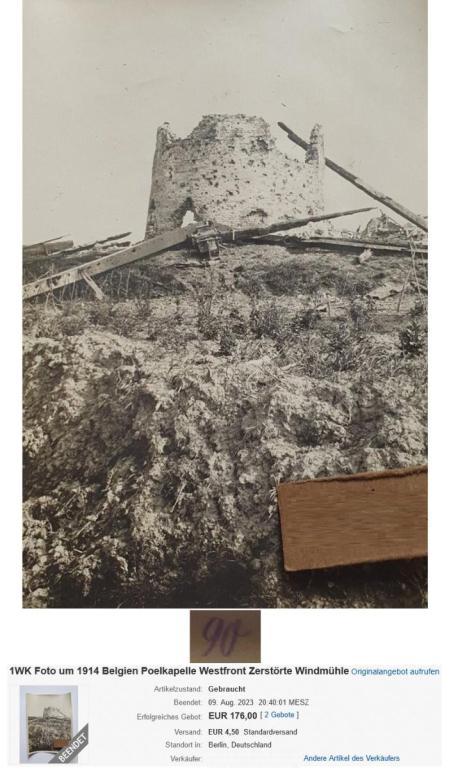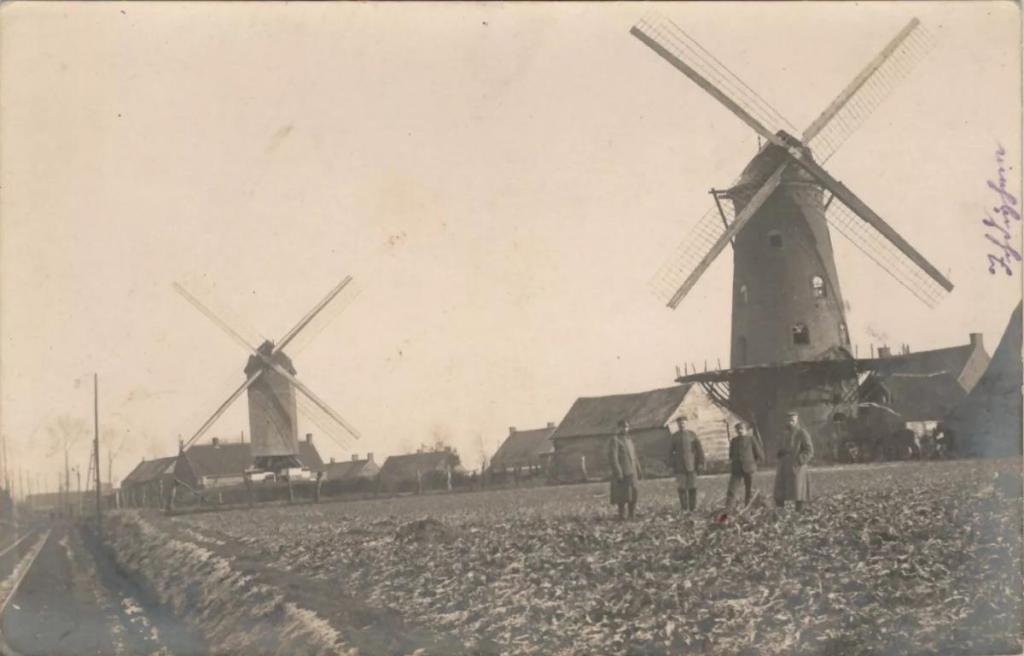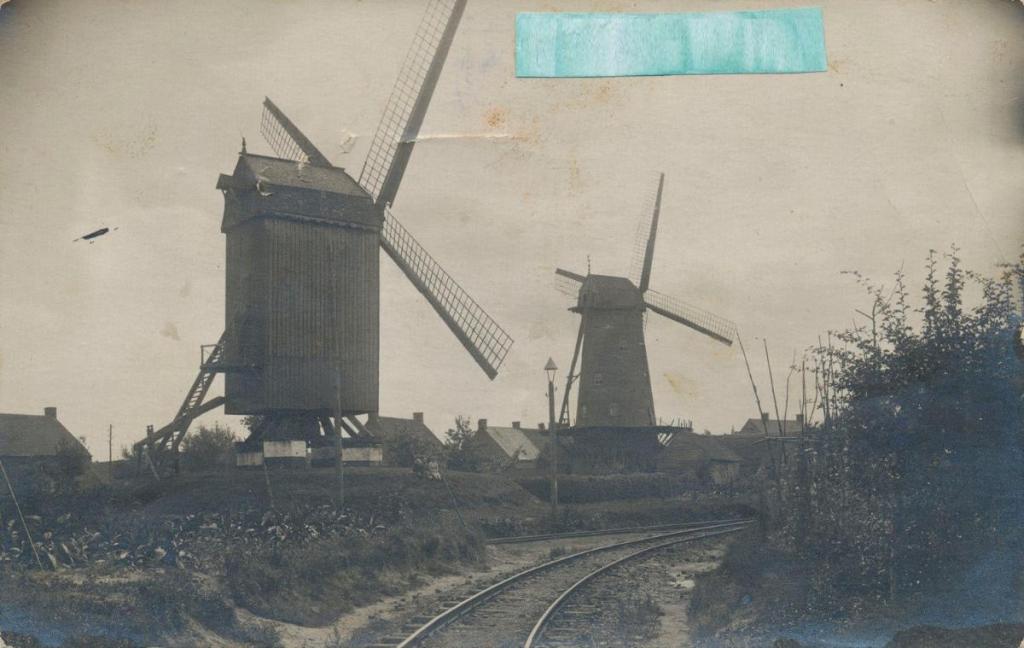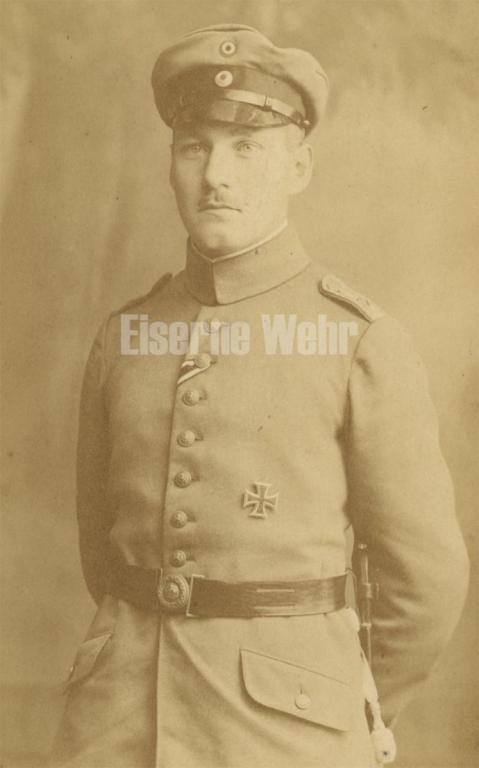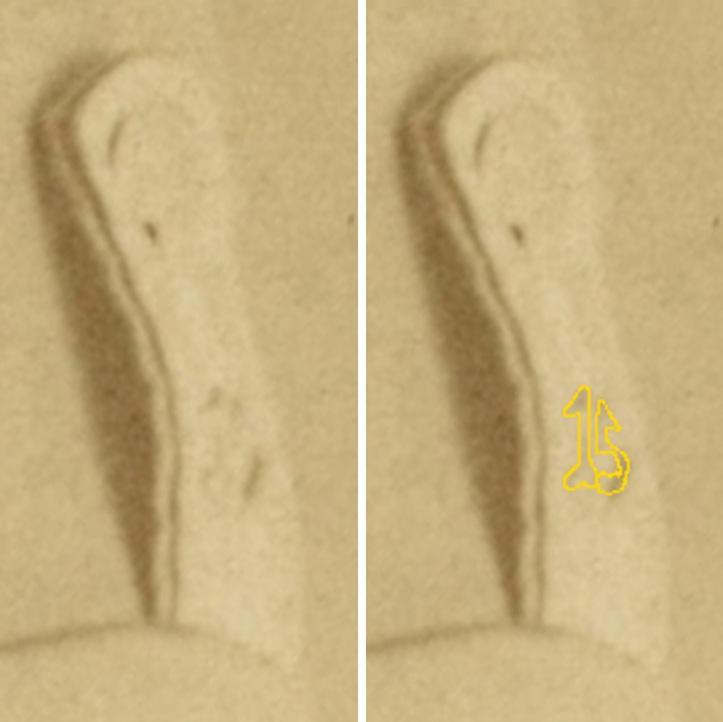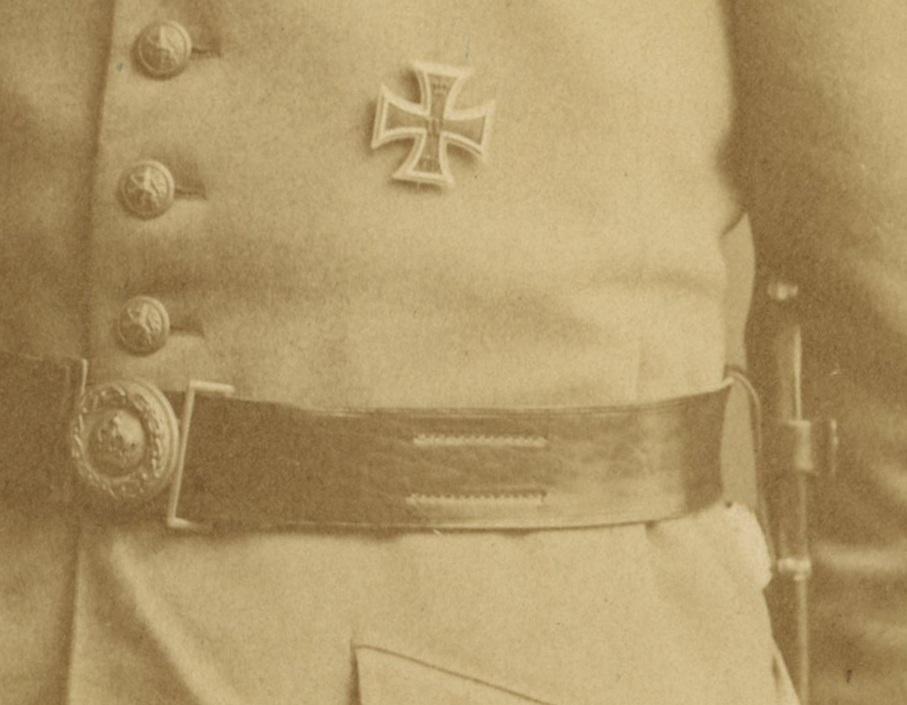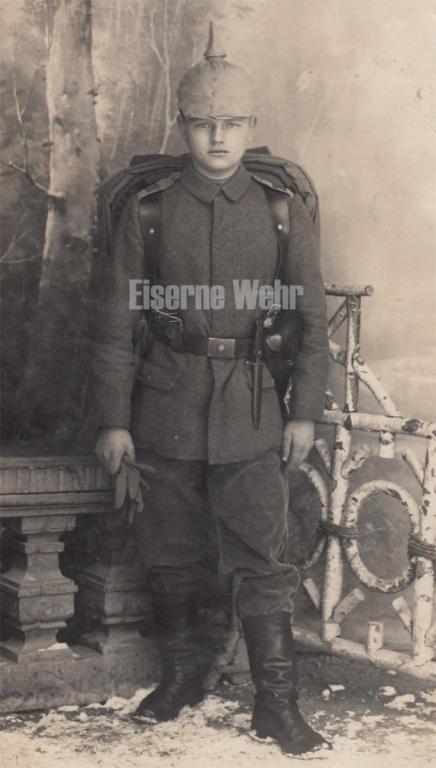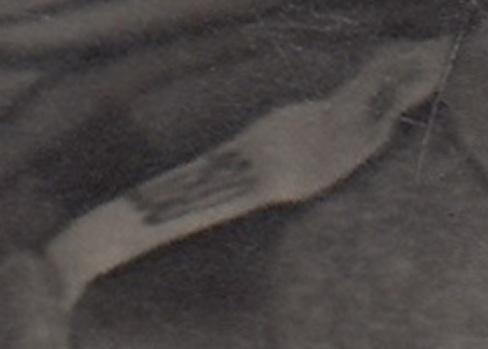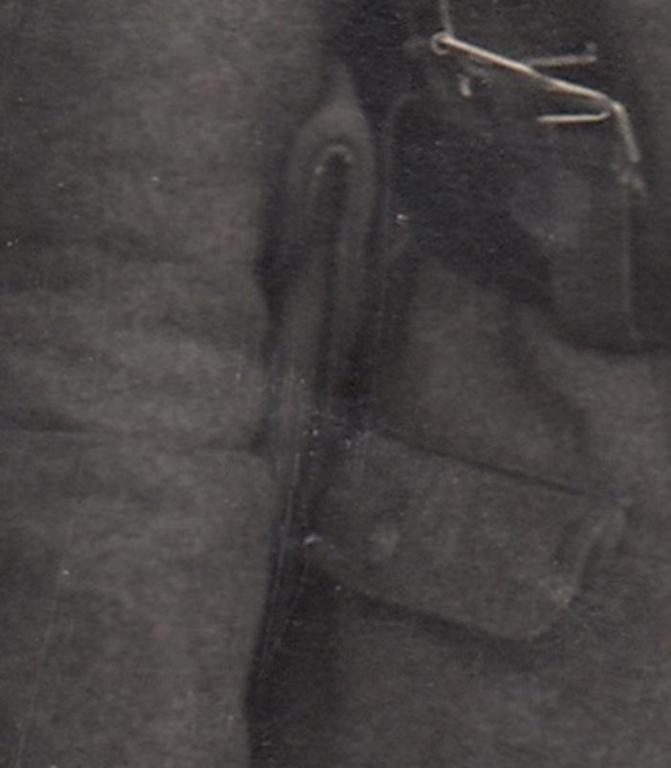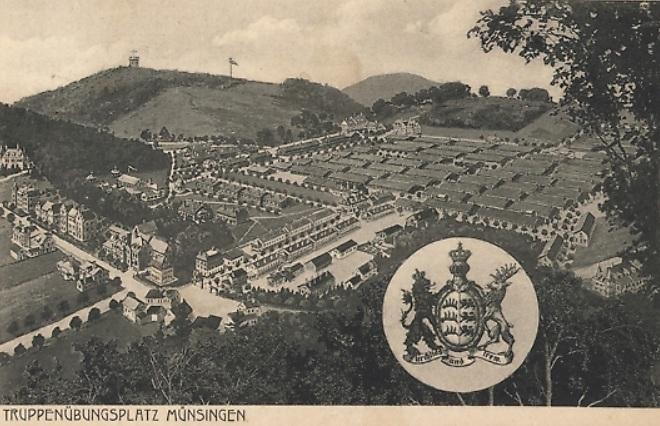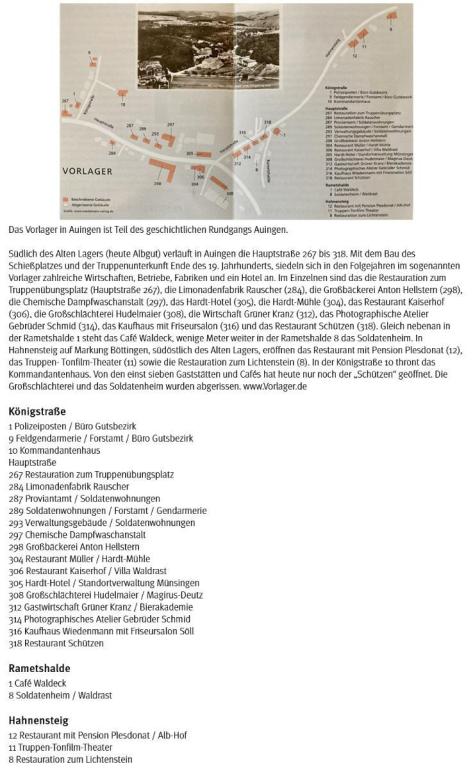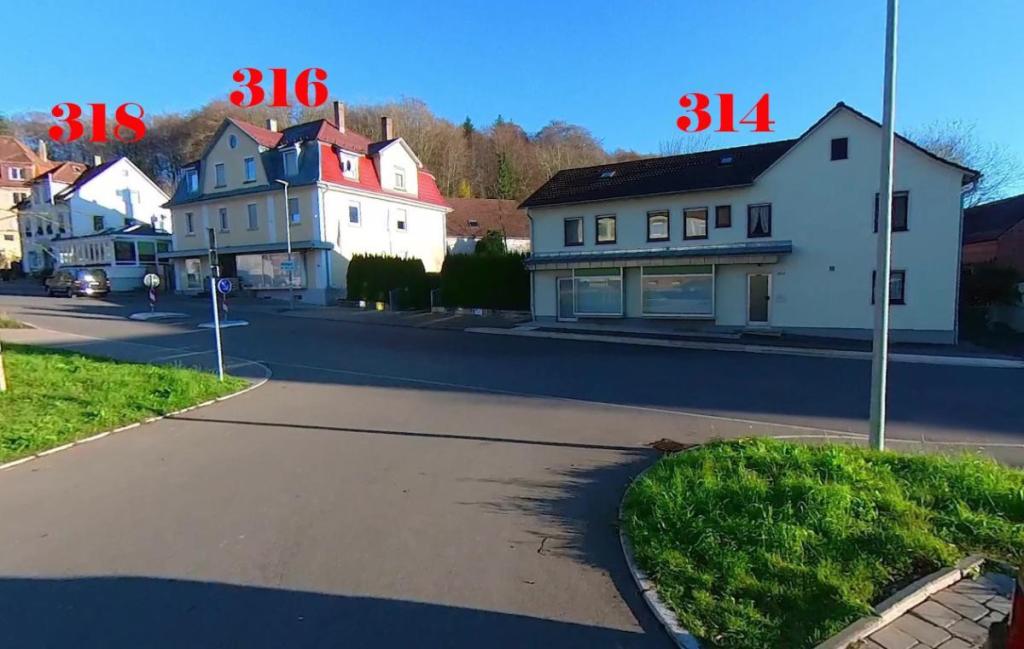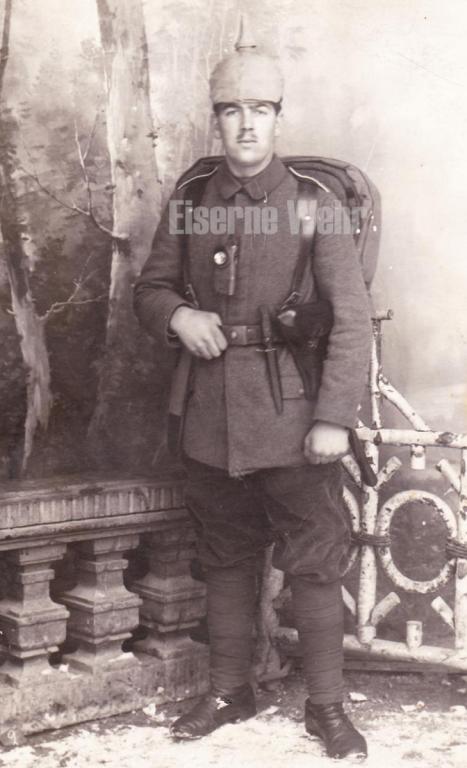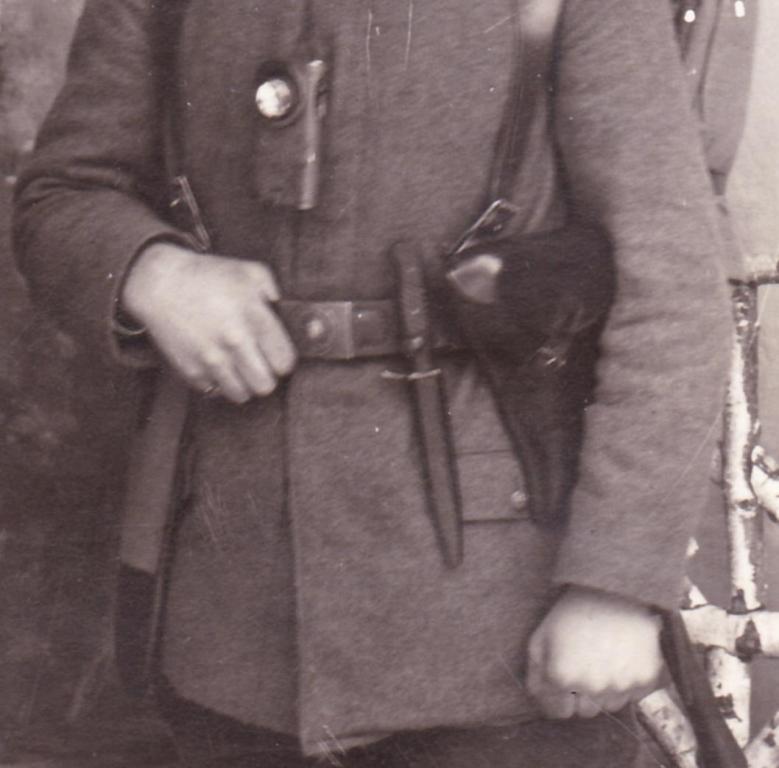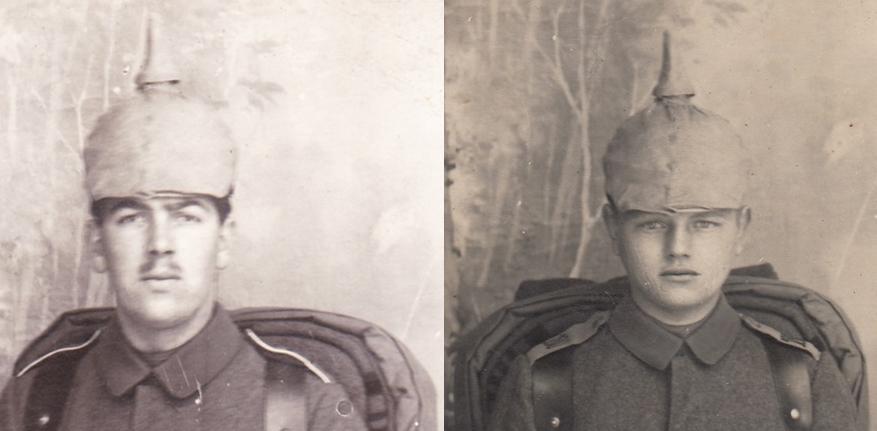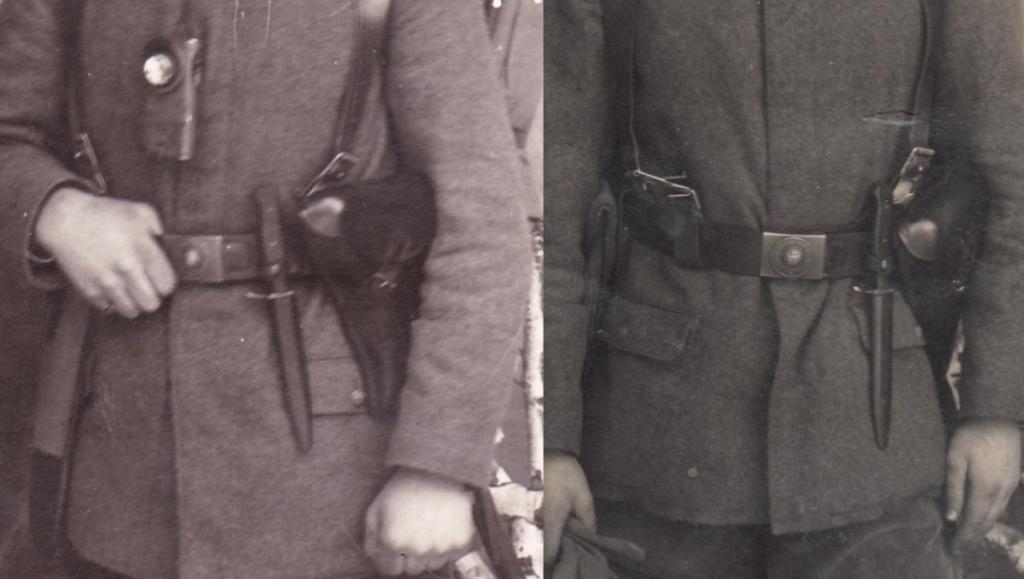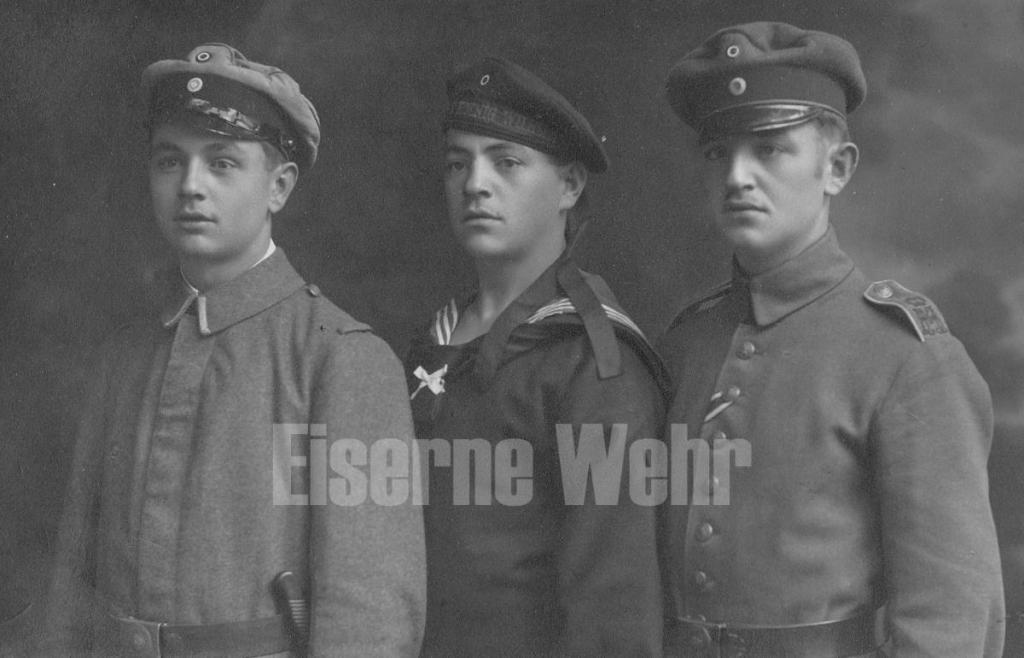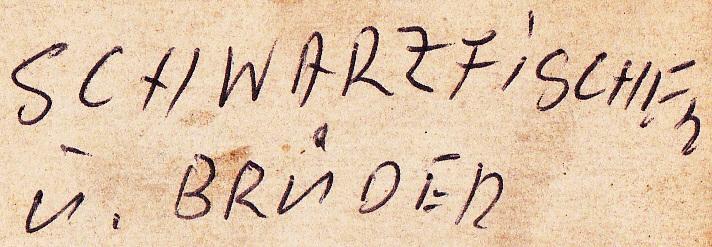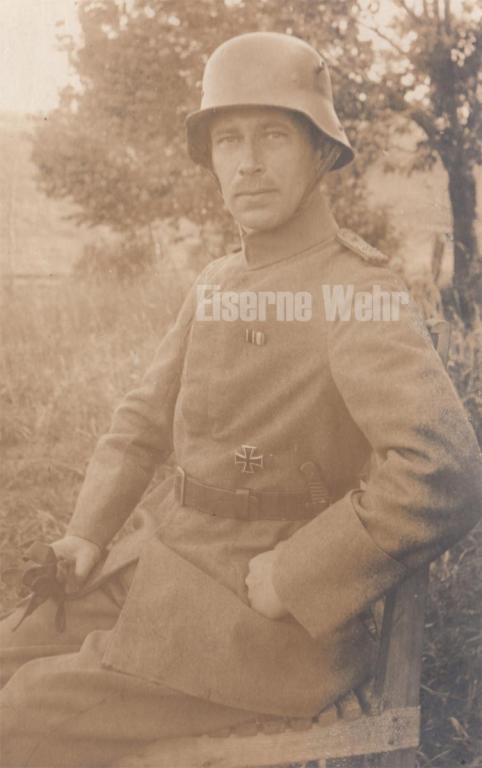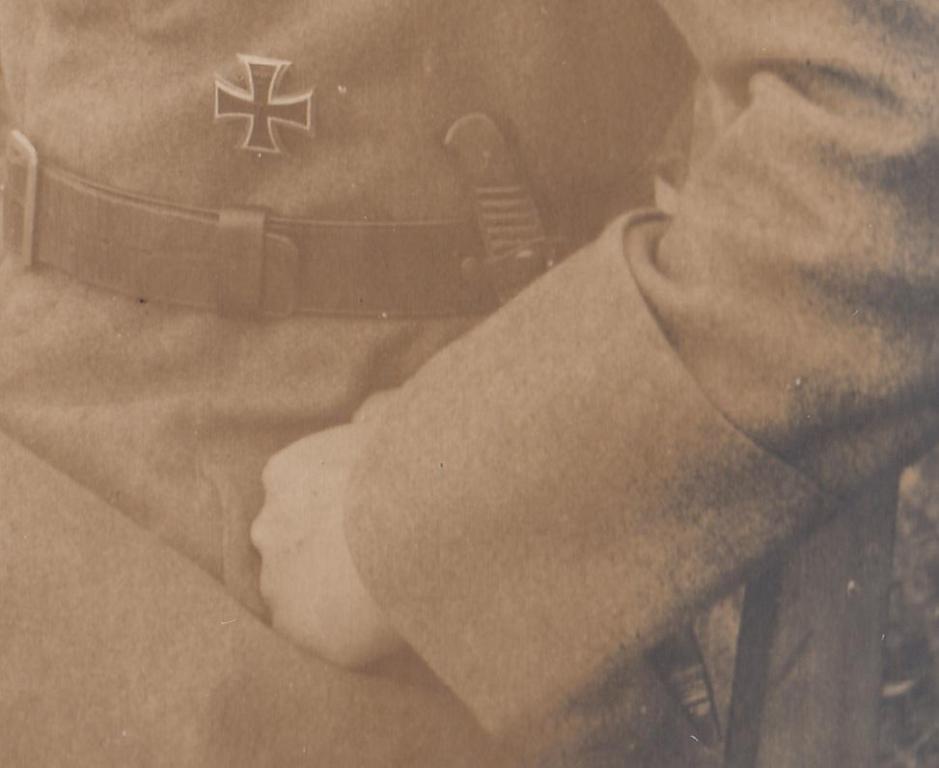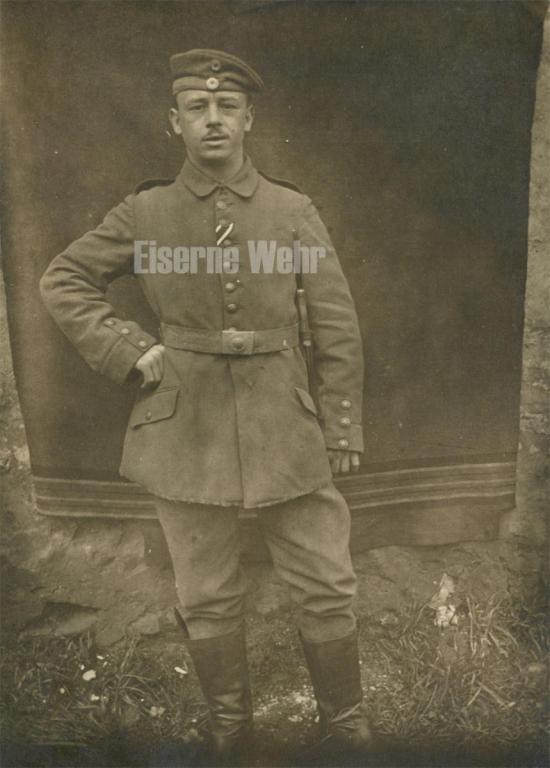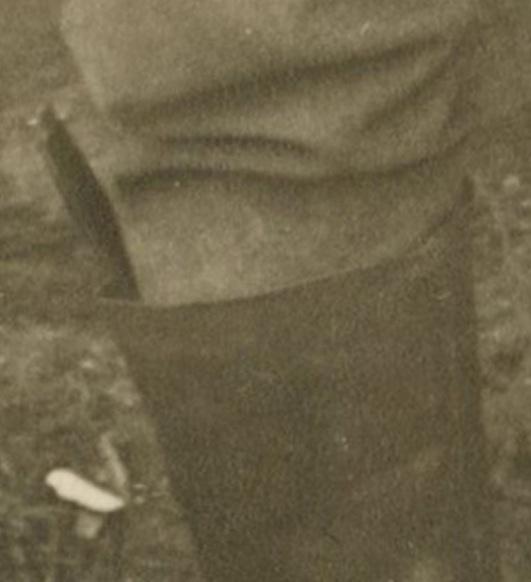-
Posts
115 -
Joined
-
Last visited
-
Days Won
3
Eiserne Wehr last won the day on January 26
Eiserne Wehr had the most liked content!
About Eiserne Wehr
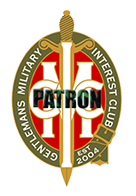
Profile Information
-
Location
Niederlande
Recent Profile Visitors
The recent visitors block is disabled and is not being shown to other users.
Eiserne Wehr's Achievements
-
Another beautiful studio photograph where you can observe that the photographer knew his trade very well. The composition, pose, lighting and background bring together a harmonic display that pleases the eye. Sadly the photographer is unknown. The ribbon attached to this Bavarian soldier's Model 1907/10 Feldrock shows he earned a Bavarian Militärverdienstkreuz. On his belt a black leather holster for the Luger 08. and a Grabendolch. A camouflage band covers the colour band of his Krätzchen, his puttees are that of the darker in colour type. His trousers bare a witness mark of where it was torn and stitched back up again. In the bottom left corner is a small part of a wooden holder visible, where only the number '2' is shown. This little frame would hold a series of numbers to identify the person that is photographed.
-
A fantastic studio photograph of a young Prussian soldier with a smug facial expression sitting on studio prop in the form of a wooden railing. He proudly displays his recently earned Iron Cross second class which is looped by it's ribbon through the second button hole of his tunic. On his belt a trench knife with Mannschaftentroddel. Out from his left cuff peaks a pocket watch that sits in a leather wristband. The photographer was Albert Dreßler, his photography studio was located on the corner of Gartenstraße in Gotha. The building has been demolished in 2004. The back reads: Aufgenommen mitte Mai 1917 Hans. Taken mid May 1917 Hans.
-
On the left is a soldier of Württembergisches Landwehr-Infanterie-Regiment Nr. 119., he has earned the Eisernes Kreuz II. Klasse and carries a Grabendolch on his belt. On the right is a soldier of 10. Württembergisches Infanterie-Regiment Nr. 180., the scabbard of his Bayonet ist only just visible. Both men wear the Württemberg Mannschaften belt buckle with the text:'Furchtlos und Trew(Treu)', it translates to: 'Fearless and loyal'. This photograph was made by Hofphotograph Alfred Hirrlinger in Stuttgart, Gartenstraße 9. On the back, written in pencil, is the dating: 'August 1916', the other text is written with a ball pen. This modern writing states that the Hirrlinger photograph studio(turned more into a store for electronics) is still existing and located in Wilhelmsbau. This five stories high building with a clock tower houses stores, offices and is located in the centre of Stuttgart. The text is before 2018, the Hirrlinger company was dissolved in 2018. Written by the same person are the names of the men on the front: 'Carl + Fritz(?) H. or A.(?)', the last mentioned is denoted as being from 119th Regiment(soldier on the left). Going by this person's notation, these two men are related, their ears do not look similar but that doesn't necessarily rule out a father and son scenario for example.
-
This Gefreiter is of Infanterie-Regiment 'Fürst Leopold von Anhalt-Dessau'(1. Magdeburgisches) Nr. 26. Applied to his visor cap is a covering band and pinned on his tunic is a large ribbon of the Iron Cross second class. On his belt sits his trench knife. This photograph is made in one of the many photograph studios of Samson & Co., this particular studio was situated in Magdeburg, Breiteweg 168. The studio is approximately 10. Kilometres from the Angerkaserne on Turmschanzenstraße which is where Infanterie-Regiment 26. was stationed. The Reichswehr used this Kaserne in the 1920's and was known as the 'Von-Seeckt-Kaserne', named after Generaloberst Johannes Friedrich Leopold von Seeckt(1866-1936). On the back is the last name Geil written, in the Verlustlisten of 7. november 1916 is a Wilhelm Geil from Aschersleben(53 Kilometer south of Magdeburg), who served in Infanterie-Regiment 26., recorded as being dead.
-
Eiserne Wehr started following Windmills in Flandern during WWI. , Fort Carnot or not? and Flammenwerfer! Flames, skulls and stuff
-
Does anyone have information about this Fort, it has been noted as being Fort Carnot and described as being in Darvoy, France. Yet i can't find any information about this particular Fort. I own three Photographs(none of the above) of this Fort and one of the Photographs is of a soldier serving in Amierungs-Battalion 121. I can't find the history of this Battalion either.
-
Posing in this photograph are mostly officers with a Maschinengewehr 08/15 on the lightweight tripod: 'Dreifuss 16'. The machine gun operator wears a trench knife on his belt and the officer in the middle holds a Maschinengewehr 08/15 locking bolt in his hand. The officer behind him has a ribbon bar pinned on his tunic and the Gallipoli star. The back reads: Brailissa (Rumänien) 1918 I can't find a place with the name Brailissa, perhaps it's a variation to the place Brăila, which is situated north east of Bucharest.
-
I am fully aware windmills were targeted, just like church towers, they are easy references on the horizon for the artillery to home in their shot placements and that they can be used as an observation post for the enemy. Even in 1914-1918 most of these structures were already historic and iconic to their villages and towns. This still doesn't explain to me why these photographs go for such high amounts of money. I am just really curious what reasoning collector(s) have to pay such prices.
-
Maybe someone can enlighten me why most of the photographs with Belgian Windmills sell for hundreds of euros per photograph, 200-300 euros is often the average. Even those who are blown to smithereens still fetch a serious amount of money. Take these two photographs, the first one sold for over 600 euros, the second over 450 euros.
-
Photographed here is a Bavarian Leutnant of Königlich Bayerisches 15. Infanterie-Regiment 'König Friedrich August von Sachsen', he is a recepiant of both the Eisernes Kreuz I. and II. Klasse. The details of his Iron Cross, tunic buttons and Feldbinde-buckle are captured in this photograph. On his belt sits a trench knife with Bavarian Portepee.
-
I discovered that i have another photograph of a soldier made by the brothers Schmid at Truppenübungsplatz Münsingen. This soldier also wears a Pickelhabue with a cover over it, has a Tornister on his back, a Grabendolch and Luger 08 holster on his belt. The pouch on his right is that of a wire cutters and from one of his tunic buttons hangs a Taschenlampe. He is wearing corduroy trousers with puttees covering his lower legs and part of his shoes. Sticking out from his left side is the wooden handle of his entrenching tool and the tip of his bayonet scabbard. He wears a ring on his right pinky. Comparing the attributes featured in both photographs makes me think there are definitely props at play here. The cover of both Pickelhauben is identical with it's markings and the way it sits on the Pickelhaube. The scabbard of the trench knife has the same scuff marks. I am still not convinced the first soldier has a wire cutter pouch on his belt but when i look at the other photograph and the fact same items are being used to dress up a soldier it probably is.
-
Shown here are three Bavarians, two brothers and a friend with the surname Schwarzfischer. I believe the Unteroffizier on the left and the sailor of S.M.S. Koenig Wilhelm are the two brothers. The soldier on the right is of Königlich Bayerisches 2. Infanterie-Regiment 'Kronprinz'. There's a Michael Schwarzfischer from Landshut that is reported on the 23. october 1918 as missing in the Verlustlisten. Kgl. Bayer. 2. Infanterie-Regiment has their Garnison in München which is about 75 km. from Landshut. This photograph was taken by Hofphotograph Urban Zattler in Landshut(Niederbayern), Zweibrückenstraße 684. Hofphotograph means in the case of Bavaria that Zattler was granted by the King to use the Bavarian royal coat of arms and also provide the royals with his service. Sadly this photograph is not on a CDV with the logos but only has a simple print on the back.
-
There is sadly nothing that indicates his Regiment or even of which state he is from, the back is also unwritten. The shoulder board is that of a Leutnant but i can't identify what numerals or possible Monogram is attached to it. He wears a M16 steel helmet and pinned on his tunic are two ribbons and the prized Eisernes Kreuz I. Klasse. On his belt he has a trench knife in a traditional leather sheath with a chape on it's end made from metal. In his right hand are a pair of gloves.
-
This Bavarian soldier had to make due with a makeshift "photography studio" for when he wanted his picture taken. A partial torn blanket is draped over a stone wall as an improvised backdrop. The ribbon attached to his tunic reveals he earned an Eisernes Kreuz II. Klasse, on his belt sits his Grabendolch. From his right jackboot protrudes a thin long object which appears to be made out of metal with scales of wood or bakelit, a straight razor perhaps?


